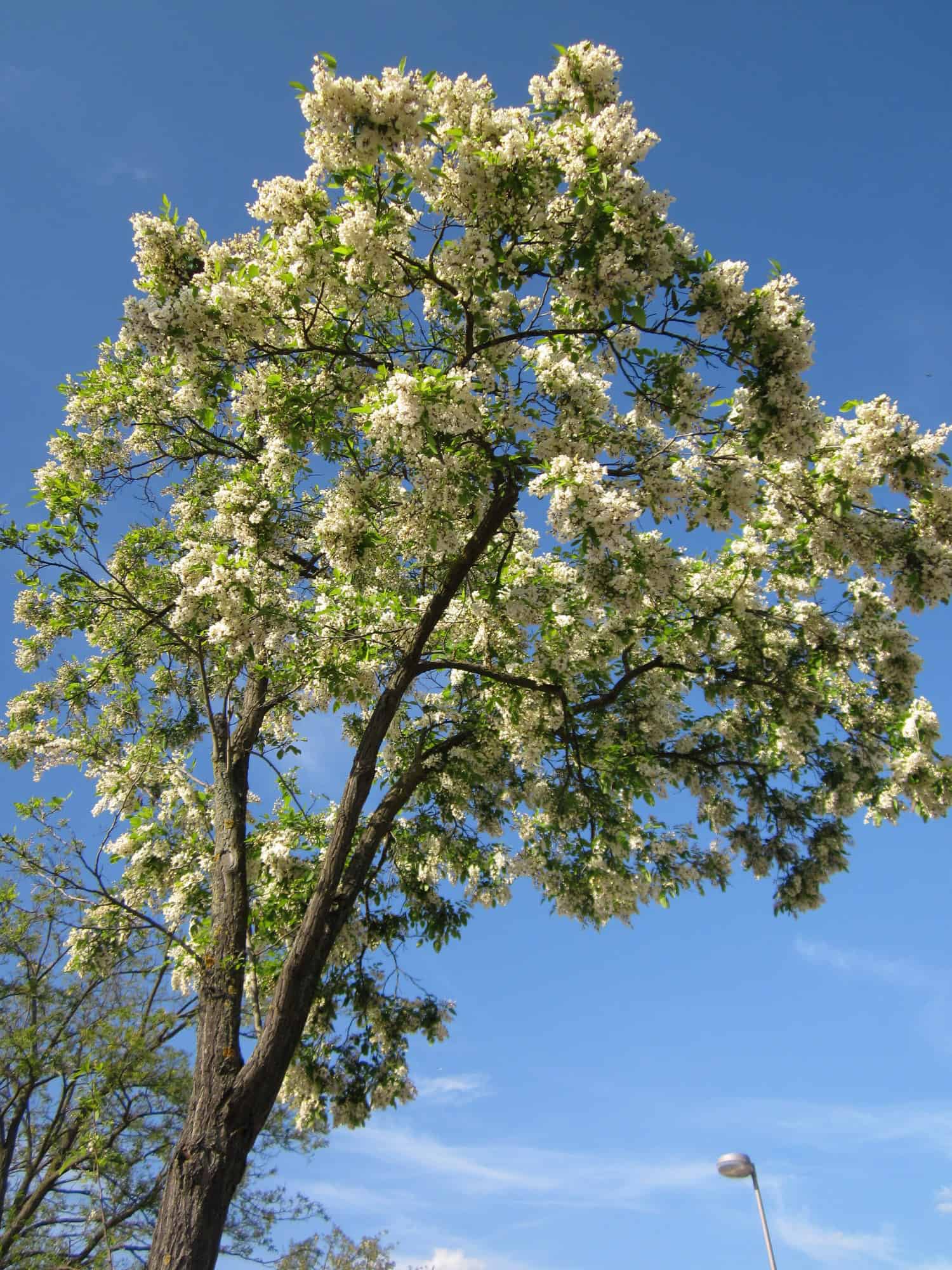
Black Locust
Robinia pseudoacacia
Basic Information
🌿 Family: Fabaceae🗺️ Zone: 3-8
Other Names:
- False Acacia
🌡️ Ideal Temperature : 60°F – 85°F
🔥 Heat Tolerance: Up to 100°F
❄️ Cold Tolerance: Down to -40°F
🌱 Type: Perennial
Layers
- Canopy
Functions
- Nitrogen Fixer
- Pollinator
- Erosion Control
- Animal Fodder
- Windbreaker
- Border Plant
Pests
No pests associated with this plant.
Companions
- Clover
- Barley
- Black Walnut
Plants to Avoid
- None specified
Description
Black Locust (*Robinia pseudoacacia*) is a fast-growing deciduous tree native to North America, reaching heights of 9-15 meters (30-50 feet) with a spread of 6-10 meters (20-35 feet). It features pinnate leaves with 7-19 leaflets and produces fragrant white to pale pink flowers in late spring, which are attractive to bees and other pollinators. The tree thrives in full sun and tolerates a wide range of soils, including poor, dry, and clay soils. It is drought-tolerant once established. Propagation is typically achieved through root suckers or seeds. Harvesting of its durable, rot-resistant wood can occur when the tree reaches maturity, often within 10-15 years.
Purpose
- **Nitrogen Fixer**: Enhances soil fertility by fixing atmospheric nitrogen, benefiting surrounding plants.
- **Pollinator**: Its fragrant flowers attract bees, supporting honey production and pollination.
- **Erosion Control**: Stabilizes soil with its extensive root system, preventing erosion.
- **Animal Fodder**: Provides forage for livestock; young shoots and leaves are palatable to some animals.
- **Windbreaker**: Serves as a windbreak due to its height and dense foliage.
- **Border Plant**: Useful in defining property lines or creating natural barriers.